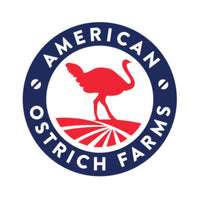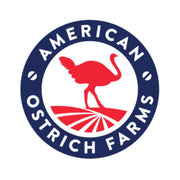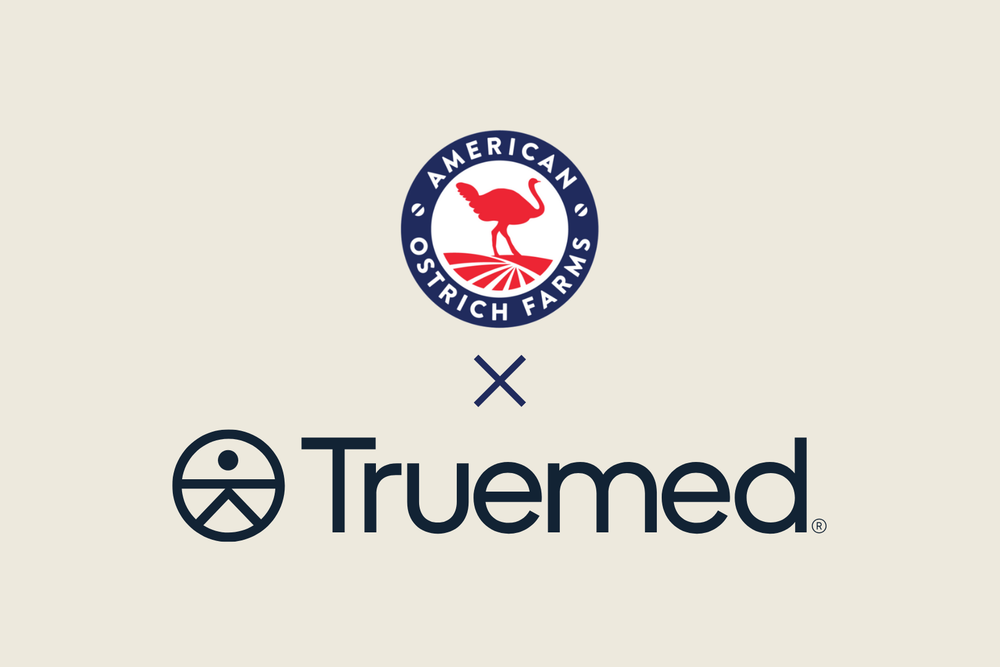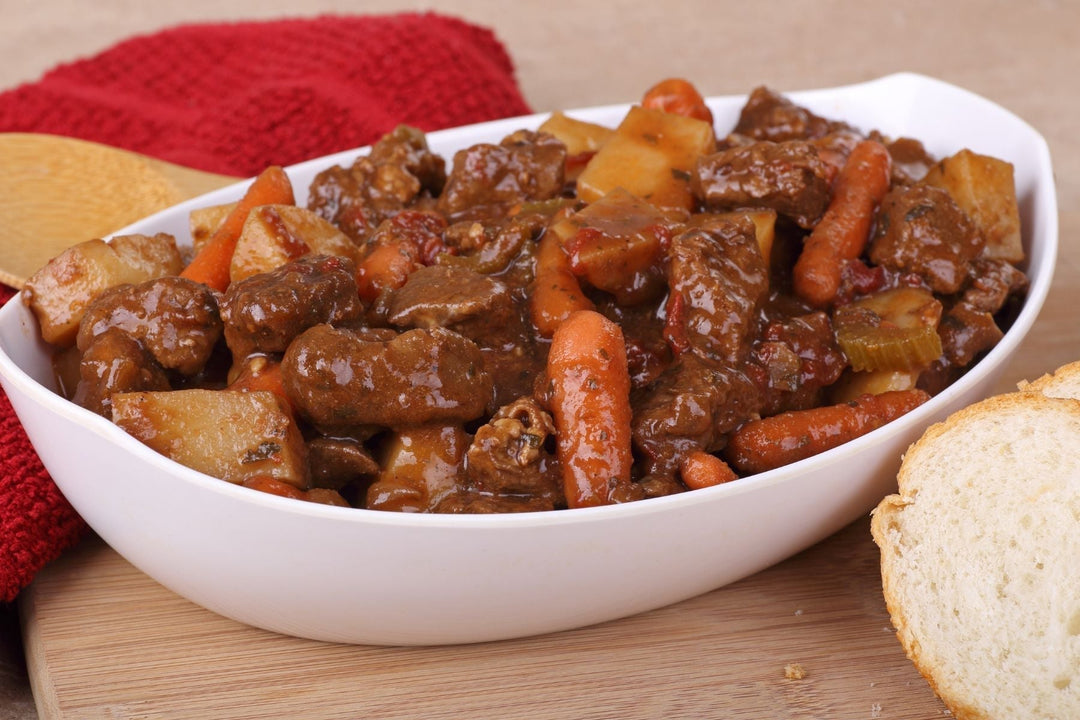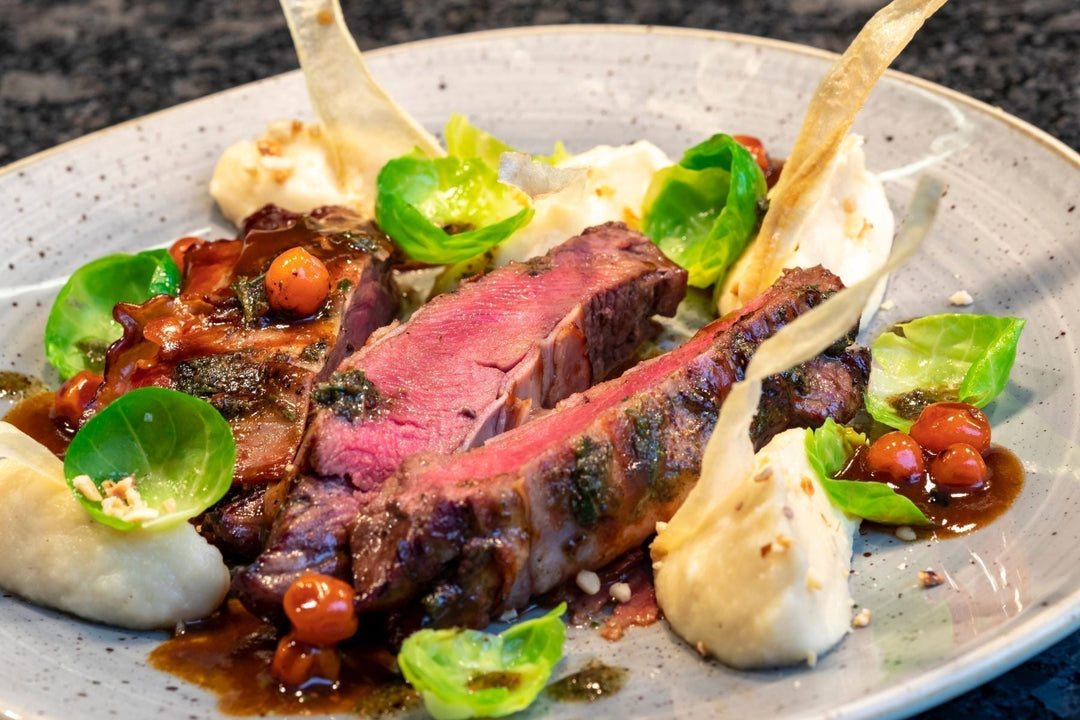Training your dog is one of the most rewarding parts of pet ownership, and the right treats can make all the difference. Whether you're teaching basic obedience, correcting unwanted behaviors, or reinforcing good habits, high-value, protein-rich treats like ostrich can be a game-changer in positive reinforcement training.
Understanding how to use treats effectively can strengthen your bond with your dog while ensuring they remain healthy and motivated. In this guide, we’ll explore how the right treats can support your dog’s training and behavior, plus provide expert tips on portion control and reward-based training techniques.
WHY HIGH-VALUE TREATS MATTER IN DOG TRAINING
Not all treats are created equal. When training your dog, you need treats that are:
Highly palatable: Something your dog finds irresistible.
Nutritious: Treats that provide real benefits beyond just taste.
Easy to eat: Small, soft, or easy-to-chew treats prevent distractions.
This is where ostrich treats stand out. They are:
-
High in protein, low in fat – Helps maintain lean muscle and energy.
-
Easily digestible – Ideal for dogs with sensitive stomachs.
-
A novel protein – Great for dogs with allergies to beef, chicken, or pork.
-
Naturally flavorful – Encourages focus and motivation during training.
Because ostrich treats are nutrient-dense and lean, they can be used frequently in training without unnecessary calories or additives that can lead to weight gain or digestive upset.
HOW TO USE TREATS FOR POSITIVE REINFORCEMENT TRAINING
Positive reinforcement training is based on the simple concept of rewarding good behavior to encourage it in the future. The more your dog associates good behavior with a reward, the more likely they are to repeat it.
Here’s how to use treats effectively in training:
1. Timing is Everything
The treat must be given immediately after the desired behavior so your dog makes the right connection. For example, if you're teaching "sit," give the treat the second their bottom touches the ground.
2. Use a Marker (Verbal Cue or Clicker)
A marker sound (like a clicker or a consistent verbal cue like "Yes!") helps bridge the gap between the behavior and the reward. This reinforces the association and speeds up learning.
3. Start with Frequent Rewards, Then Phase Out
In the beginning, reward every correct behavior with a treat. As your dog learns, reduce the frequency of treats but continue praising and occasionally rewarding to maintain the behavior.
4. Keep Training Sessions Short and Fun
Dogs learn best in short, high-energy bursts rather than long sessions. Aim for 5-10 minute training periods a few times a day to keep them engaged and prevent frustration.
5. Match the Treat to the Task
High-distraction environments (e.g., parks, busy streets) require higher-value treats like ostrich jerky or liver.
Low-distraction environments (e.g., home training) can use regular kibble or smaller treats for reinforcement.
PORTION CONTROL: HOW MANY TREATS ARE TOO MANY?
Even healthy treats should be given in moderation. Overfeeding can lead to weight gain and nutritional imbalances. Here’s how to keep portions in check:
Use small treats – Break treats into pea-sized pieces for training. Even large dogs don’t need full-sized treats for reinforcement.
Adjust daily food intake – If you’re giving a lot of treats, slightly reduce your dog’s meal portions to balance their daily calorie intake.
Follow the 10% rule – Treats should make up no more than 10% of your dog's daily caloric intake. For example, if your dog eats 500 calories per day, keep treats under 50 calories.
Monitor your dog’s weight and energy levels – If you notice weight gain, adjust treat portions accordingly.
CHOOSING THE BEST TRAINING TREATS
When selecting training treats, look for:
Single-ingredient or limited-ingredient options – Avoid treats with artificial additives, grains, or fillers.
Soft or easy-to-chew texture – Soft treats allow for quick chewing and less distraction during training.
Nutritional benefits – Treats made from high-quality proteins like ostrich meat, tendons, or egg provide muscle support and energy.
Ostrich pet treats are an excellent choice because they check all these boxes. They are naturally lean, hypoallergenic, and highly palatable, making them perfect for training sessions.
Using high-quality, protein-rich treats like ostrich can significantly enhance your dog’s training experience. When used correctly, treats build trust, reinforce positive behaviors, and make learning enjoyable for both you and your pet. By practicing timing, portion control, and consistency, you’ll create a well-behaved, eager-to-learn dog while ensuring their health stays on track. Ready to upgrade your training sessions? Try using natural ostrich treats and see the difference they make in your dog’s focus and motivation.
